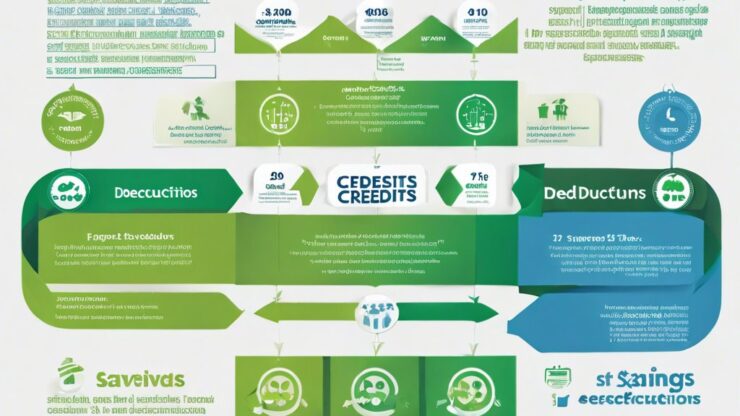When navigating the complex landscape of taxes, understanding the nuances between tax credits and tax deductions is crucial for maximizing your financial outcome. Both tools can significantly impact your tax bill, yet they function distinctly. Tax credits directly reduce the amount of tax you owe, while tax deductions decrease your taxable income. This fundamental difference can lead to varying implications for your overall tax strategy.
Tax credits are often seen as the golden ticket in tax savings, as they directly lower your tax liability on a dollar-for-dollar basis. There are two types of tax credits: non-refundable and refundable. A non-refundable tax credit allows you to reduce your tax bill to zero but does not provide a refund for any remaining credit. In contrast, a refundable tax credit not only reduces your tax liability but can also result in a refund if the credit exceeds the amount of tax you owe.
Tax deductions, while beneficial, work differently than tax credits. By reducing your total taxable income, they indirectly lower the amount of tax you owe. The value of a tax deduction depends on your tax bracket; for instance, a $1,000 deduction might save you $250 if you are in the 25% tax bracket. Understanding how deductions can be itemized or taken as a standard deduction is vital for effective tax planning.
Here’s a quick comparison of tax credits and deductions:
- Tax Credits: Directly reduce your tax bill.
- Tax Deductions: Reduce your taxable income.
- Refundable Credits: May provide a refund beyond your tax liability.
- Non-refundable Credits: Can reduce your tax to zero but no refund.
- Impact: Credits are often more valuable than deductions.
Disclaimer
This article has been created or edited with the support of artificial intelligence and is for informational purposes only. The information provided should not be considered investment advice. Please seek the support of a professional advisor before making any investment decisions.






